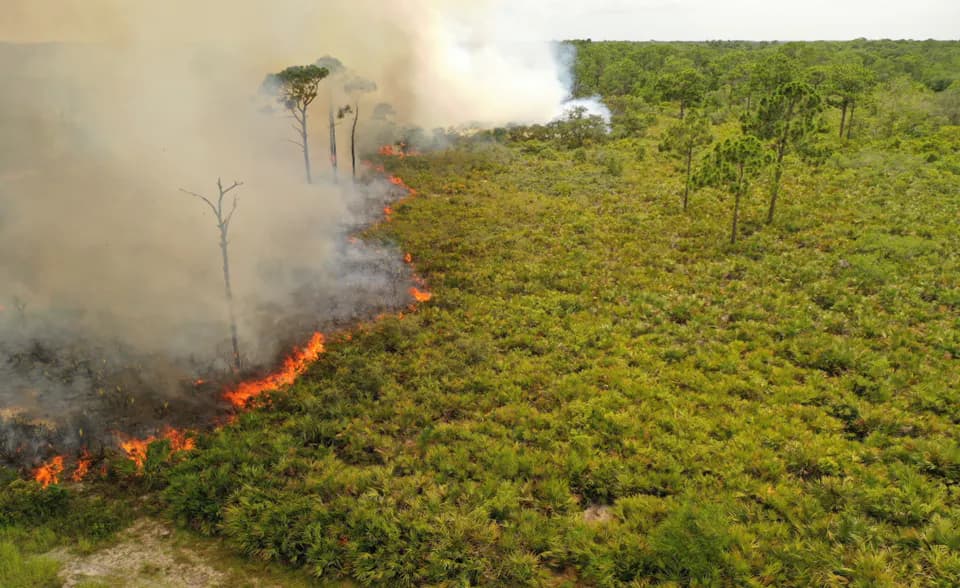
'Florida Wildlife Corridor and Climate Change Report' in the news
April/May 2024
How does the Florida Wildlife Corridor help provide resilience to climate change?
Florida is ground-zero for climate change impacts as our natural and human communities are forced to grapple with increasing heat, flooding, sea level rise, and wildfire risk. Archbold approached Florida Atlantic University to assess overlaps between land conservation in the Florida Wildlife Corridor and the resilience of the state’s nature and people to advancing climate change. Archbold’s conservation program is using the report’s results to credibly motivate the Corridor’s protection.
Major Findings & Impact
-The Corridor is both sensitive to climate change and a world-class adaptation plan.
-The Corridor is necessary but not sufficient for statewide resilience as Floridas’s population grows. For example, conserving large, connected open spaces limits exposure of people and property to wildfire along development edges, but management with prescribed fire is still needed to further reduce wildfire risk and maintain wildlife habitats.
-Frameworks for smart planning of where and how to build new and refreshed developments in Corridor-compatible ways exist, but require political will and avoiding the status quo.
-The Corridor provides billions of dollars’ worth of flood hazard protection, largely by keeping floodplains undeveloped. About two-thirds of Florida’s floodplains, or ~10 million acres, are located within the Florida Wildlife Corridor.
Read the full report and executive summary here.
Press coverage of the Florida Wildlife Corridor and Climate Change Report:
FAU News Desk - Florida Wildlife Corridor Eases Worst Impacts of Climate Change
The Guardian - Florida sees thriving future if climate resilience managed, research finds
The Wildlife Society - Florida corridor buffers effects of climate change on wildlife—and people